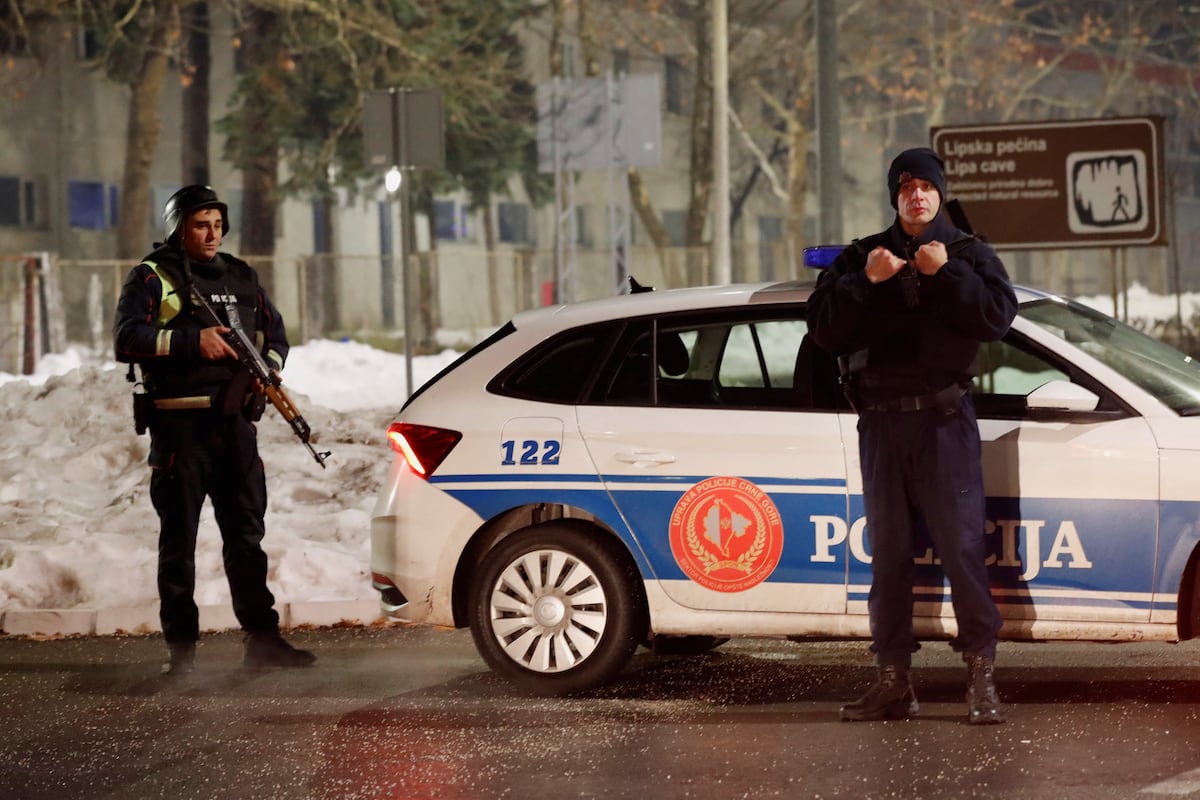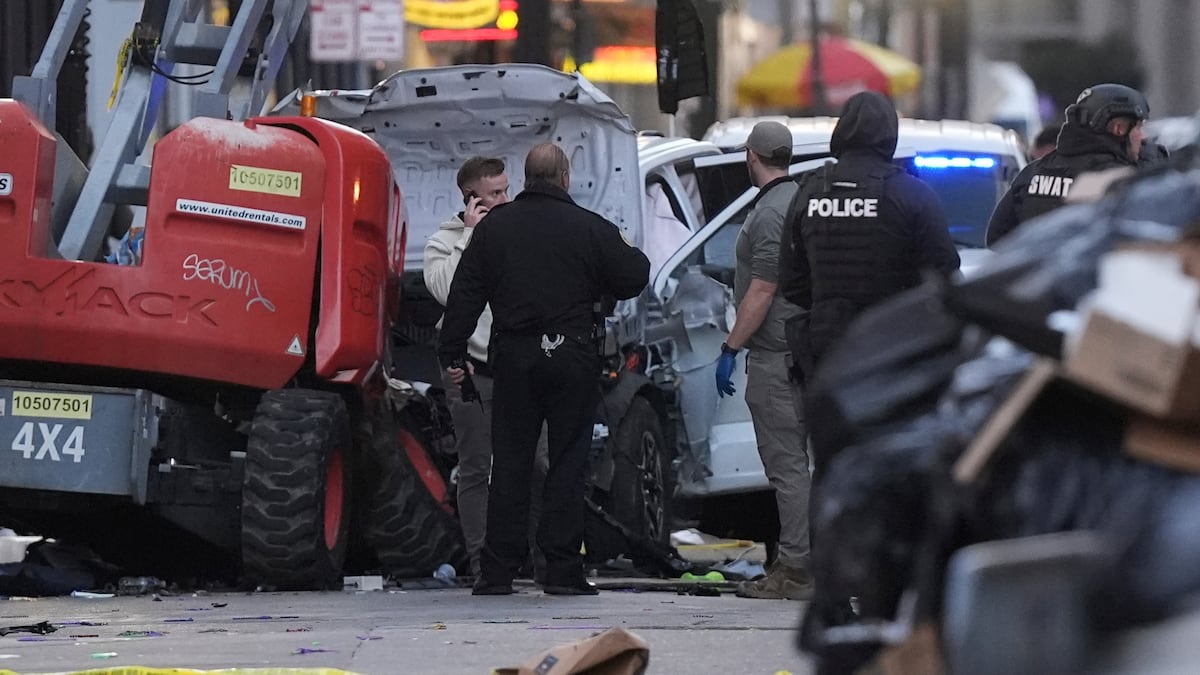On the morning of the new year 2025, Russian gas exports to Europe through the pipeline system in Ukraine stopped, after Kyiv and Moscow failed to reach an extension agreement. This was predicted in advance, in the context of war in Ukraine still tense and about to complete 3 years, and at the same time the European Union (EU) has also limited the flow of gas imported from Russia in recent years.
Employees working at a gas warehouse in Striy City (Ukraine)
Is Russia-EU energy relations coming to an end?
In a statement, Russia’s Gazprom Energy Group said gas transfers from Russia to Ukraine have stopped since 8 a.m. on January 1, Moscow time, Reuters reported. Ukraine’s Energy Ministry said that shipping operations had stopped “in the interests of national security”. Russia and the former Soviet Union spent more than 50 years building a pipeline network to Europe and at one point had a 35% share of the gas market in the continent. Nearly half of Russian gas exported to Europe passes through the pipeline system in Ukraine. However, the war in Ukraine has significantly affected Moscow’s gas exports.
Point of conflict: Suicide boat downed Russian plane; The powerful ‘thousand cuts’ tactic
In 2022, two main pipeline routes, including Yamal – Europe and Nord Stream, were closed. The entire pipeline system from Russia transported 201 billion m3 Gas arrived in Europe in 2018, a record number at that time. In 2023, Russia will only transfer 15 billion m3 gas through pipelines in Ukraine, lower than the figure of 65 billion m3 in 2020, the start of the five-year shipping agreement. The EU has prepared a scenario to no longer depend on energy sources from Russia. In 2023, Russian gas accounts for less than 10% of EU gas imports, a far cry from more than 40% in 2021. Russia currently also exports gas through the TurkStream pipeline in the Black Sea, with two routes targeting the Turkish market and Central European customers such as Hungary and Serbia.
Economic impact
Experts predict that the impact on the market will not be large, although price increases will still occur. The Austrian Ministry of Energy said on December 31, 2024 that there were agreements to buy gas from Italy and Germany to fill reserves. Slovakia affirms that the country will not be at risk of supply shortage, although it may have to spend nearly 180 million USD more on alternative import routes. Meanwhile, the European Commission spokesman emphasized that the EU has developed flexible gas infrastructure and has alternative pipeline routes, along with increasing liquefied natural gas (LNG) import capacity since 2019. 2022.
When the gas agreement between Russia and Ukraine is not renewed, Kyiv may lose about 800 million USD in transit fees, while Gazprom Group may lose about 5 billion USD in gas sales revenue. Even though there are backup plans, no longer receiving Russian gas through Ukraine will push up gas prices and put more pressure on European households. In addition, Europe’s competitiveness compared to the US and China in industrial sectors is also affected by energy costs. Along with that, the winter expected to be longer and colder this year could increase demand for gas for heating and drain reserves in Europe, according to the newspaper. The Guardian.
Ukraine criticizes NATO member for Russian gas
Some European countries that have good relations with Moscow or are still dependent on Russian gas are dissatisfied, in which Moldova is significantly affected, forcing the government to take drastic measures to limit energy consumption regime, in addition to planning to buy electricity from neighboring Romania. Although Slovakia has a backup plan, Prime Minister Robert Fico of this country criticized Kyiv’s decision not to extend the extension as having a serious impact on the EU and said he would consider stopping providing backup power to Ukraine as a response measure.
Where does Europe import gas from?
By reducing dependence on Russian gas, Europe has increased LNG imports from potential partners, of which the US is the largest LNG supplier to the EU in 2023 with more than 50% of total LNG imports. The North African, Norwegian or Qatar markets are also top options, as Norway accounts for nearly 30% of the EU’s total gas imports in 2023. The EU acknowledges the need to diversify supplies and build storage facilities. LNG is a lengthy and expensive process, but this bloc has taken quick steps.
The President of Ukraine announced that he will end the conflict in 2025
In a speech to the nation on December 31, 2024, Ukrainian President Volodymyr Zelensky affirmed that the country will need to fight into 2025 to strengthen its position militarily and before any negotiations to end the conflict. with Russia.
“In the decisive moments that will come next year, we must not allow anyone in the world to doubt our ability to recover. This period will decide which side wins,” according to the News Agency. AFP quoted Mr. Zelensky.
Also in the speech, President Zelensky expressed optimism about the return of US President-elect Donald Trump, and believed that the US would stand side by side with Kyiv to deal with Russia. “I am sure the new US president is willing and will be able to bring peace and end Russia’s special military campaign,” Mr. Zelensky affirmed. The Ukrainian leader also called on allies to help Kyiv end the conflict and bring lasting peace by 2025.
President Zelensky’s speech closed a difficult year for Ukraine. According to analysis by AFP and world war experts, Russia has advanced nearly 4,000 km² in Ukraine in 2024, 7 times more than in 2023.
Tri Do







